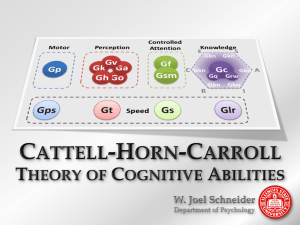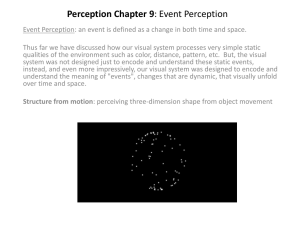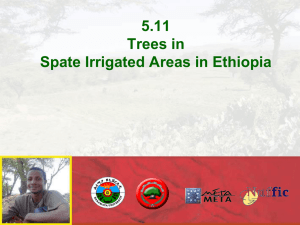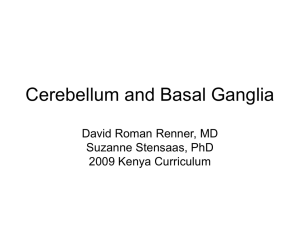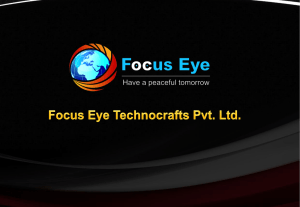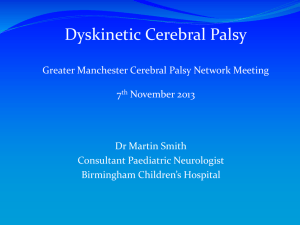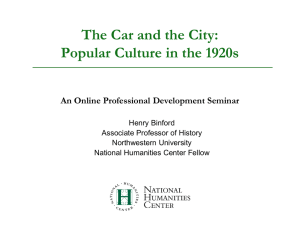Fencing
advertisement
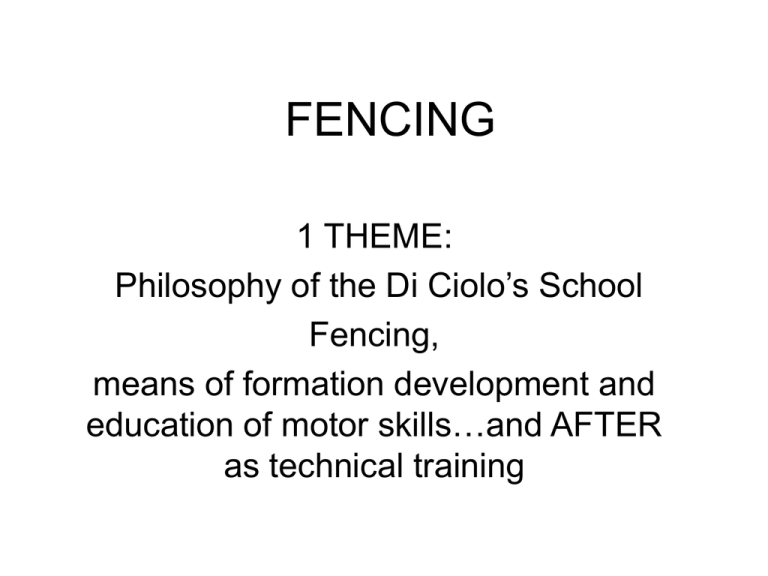
FENCING 1 THEME: Philosophy of the Di Ciolo’s School Fencing, means of formation development and education of motor skills…and AFTER as technical training A different reading Becomes the Master, before is Former of motor skills (related to the functions) and after Trainer : functions: • 1) Sensopercettive and Postural, Manual dexterity, oculomanualità, peripheral vision, spatio-temporal discrimination, coordination, upper limbs. and inf., postural control 2) psychomotor control of lateralization, dynamic balance 3) Sociomotorie all movements inherent in the second intention HOW CAN 'TAKE ACTION? • PRACTICE INDIVIDUAL / GROUP / COLLECTIVE FUNCTIONS SENSOPERCETTIVE = • 1 SENSORY Manual dexterity, understood as tactile perception; -Skills of hand-eye (Oculomanualità), understood as a visual and tactile perception; -Peripheral vision, understood as visual perception; - Rhythm, understood as auditory perception; - Balance, understood as perception and motor control body posture; 2 MOTOR / BODY -Balance, static and dynamic perception understood as motor control and body posture; HOW TO MANIFEST THE FORMATION? • MANUAL DEXTERITY: SIMPLE TOUCH on all the targets Jokes about iron • Carried and Transport • -OCULOMANUALITA ': disengagement time • Fake and disengagemen • -PERIPHERAL VISION: Search blades and Suspended for attack • -RHYTHM: foot work and Arm-leg coordination • -BALANCE: foot work PSYCHOMOTOR functions = • BODY-CHECKING AND ADJUSTMENT USING THE FENCING INSTRUMENTS • With the platform, • With objects, • With the gym as a physical • schemes Engines • lateralization HOW TO MANIFEST THE FORMATION of psychomotor • Locomotion with fencing locomotion of the entire piste • -With all the weapons (foil, epee, sabre) • Playing the post-change objects (exemple, the balls or the in the other place) SOCIOMOTORIE functions • -ELEMENTS PECULAR OF THE TO FENCE - Cross communication and decoding of codes -Technical Dialogue: competence - Second Intention: Projection 2° THEME METHODOLOGICAL APPROACH study • METHOD = SCIENCE Repeatability of each condition, Standardization of evidence, FORMATION = PERSON Methodology, the study of methods, use of their knowledge EDUCATIONAL TOUR USE OF TEACHING: • 1. GLOBAL: • LONG TIME MAXIMUM FREEDOM ' • (Maestro provides only material remains on the outside of the educational events) • 2. ANALYTICAL: • MINIMUM SHORT TIME FREEDOM ' • (Maestro provides a unique model to achieve) • 3. SYNTHETIC: • NATURAL self-guided • (Maestro and 'a catalyst for learning) HOW WE CAN SEE THESE METHODS? • GLOBAL : IN NATURE TO LEARN HOW TO SPEAKE….THE CHILD LEARNS DAY BY DAY • ANALYCAL: TRADITIONAL, AT SCHOOL…TEACHER SAID STUDENTS DO • SYNTHETIC: TEACHER CREATES PROBLEMS FOR STUDENTS TO SOLVE FREEDOM 'MOVEMENTS • • • • PRIMITIVE: THAT COME FROM "IN HUMAN" NATURAL: THAT MEET ALL THE REQUIREMENTS OF THE BIOMECHANICAL AND PHYSIOLOGICAL Kinesiology • VIRGIN, A CORRESPONDING ADJUSTMENT OF THE FIELD OF CORTICAL BRAIN • SCAN MOTOR: • EXPANDING THE CULTURAL BAGGAGE MODEL = UTOPIA SPORT (Especially in sports contrast) • There would be a continuous search for improvement, we would be a useless race position. • TECHNICAL EFFICIENCY = • (THE TECHNICAL AND 'WHEN IT WORKS PERFECT) • The UTILITARIANISM AND 'THE ESSENCE OF FENCING: KILL AND NOT BE KILLED • FEES BEAUTY OF GESTURE TECHNICAL = RELEVANT TO THE EXTENT THAT BECOME "VISIBLE" FROM REFEREE HOW TO TEACH CORRECT gestures in the lessons? • A) Movements slow to learn; • B) Movements when the students is ready to execute; HOW TO TEACH CORRECT gestures in the lessons? • A) Movements always different hits on different targets, with different fist positions at different distances, at speeds of different preparation, slowly while learning new movements, rapid execution of learnt movements • In lessons and in the bouting: • B) Study of the contrary during the sounding and “traccheggio” to see if: • There are habits and stereotypes (with invitations to hit, in the same target, hinged on the blade if it goes to the same target of the parry, and when he goes in the same parry, if forward or backward if we go forward or backward) 3° Theme: Learning Technician • ORGANISATION OF THE TRAINING PROCESS TECHNICIAN MUST COMPLY WITH THE PRINCIPLES and BIOLOGICAL neurophysiological • LEARNING IS IN OPTIMIZATION OF READING CODES TRANSMITTED by masters to pupils • TRAINING in the presence of standardized options MODELS: FACT THERE IS A MODEL OF REFERENCE • THIS HAS TO THINK: IN THE FENCING GYM PREFERABLE SOLUTIONS MOTOR "FREE" TO THAT "HARD" THAT 'protocol Establishing a structure over time • Long time: health, general • Medium time: period preparation, period competitions (months) • Short time: specialist..learning ability, skills, actions topics to be discussed • • • • • • • Personal development, physical and mental The organization of the learning process The observation and evaluation Methodological approaches of teaching the dialogue The motivation in sports Relations sociomotorie coaches athletes KNOWLEDGE STUDENTS • EFFECTS DEVELOPMENT PSYCHOSOMATIC • EFFECTS OF emotional 'AND affectivity' • EFFECTS OF SOCIAL RELATIONS STAGES OF DEVELOPMENT • • • • Neonatal period: the first four weeks Early childhood: Up to 2 nd year Second childhood from the 2nd to 6th year Third child: from the 6th year at the beginning of puberty (11/13 maschi-10/12 females) • Puberty: period of approximately three and a half years • Adolescence, between the end of puberty and end body growth • Adulthood: over 21 years • NERVOUS SYSTEM (MAX 6-11) • ENERGY METABO (MAX 16/18) • CARDIOVASCULAR FORMULATION OF OBJECTIVES • LONG-TERM OBJECTIVES, affecting the health and therefore its maintenance; • MEDIUM-TERM GOALS include the construction of the season; • SHORT-TERM GOALS, decide what the acceptable results; Theoretical model of programming • Knowledge of students • Formulation of objectives • Procedures for assessing initial, intermediate and final • Mode of organization of teaching activities. • Educational achievement. • TEACHING STRATEGIES • Children are not miniature people, but people who grow! The stimuli are programmed according to the real possibility; • Better if these goals are ambitious than normal, or the boys have had the idea of doing something important but attainable; 4° THEME EDUCATIONAL TOUR • How do you educate the movement without creating a "model". • How to learn to deal with the hand: movements slowley As you learn the logical movement; • The Attitude of the blade in relation to the opponent: • 1) invitation, • 2) engagment, • 3) weapon in line. • The points of departure of the actions of attack or defense based on the arrangement of the blade. The fencing time • Choice of the time • In time • How do you learn to give access to the iron shots time and your choice of time considered the initiative. how do you learn to defend and attack, distance • With blade (from engagments) • Without blade (from invitations)

